How do I choose the perfect Christmas tree? Get it right with our insider tips
Find out how to choose a Christmas tree and bring one home that will stay looking good right through the holiday season
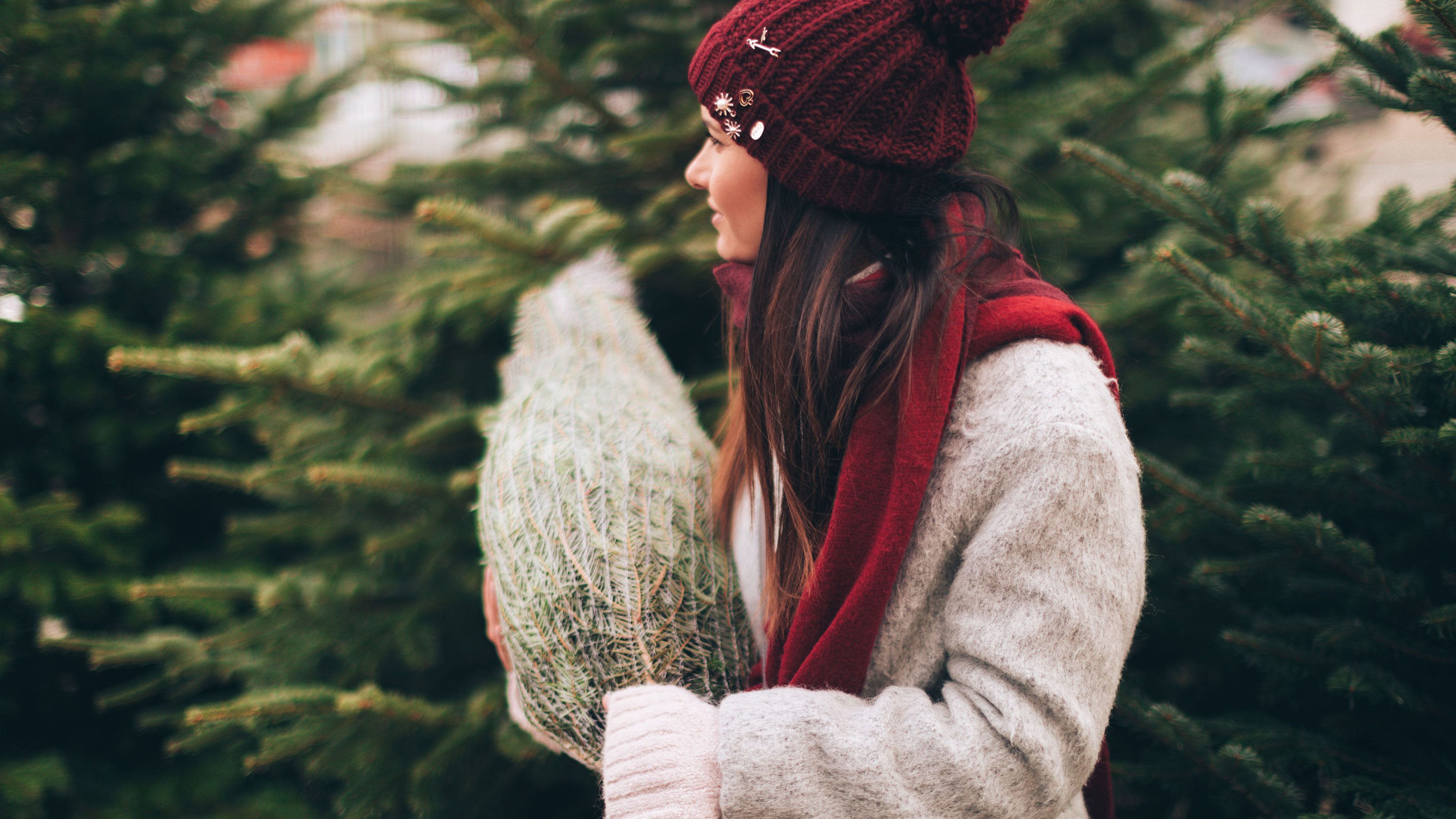

Find out how to choose a Christmas tree and you can be sure this highlight event of the holiday season goes smoothly this year. You're looking for the very best specimen of tree, of course, and that means it should be green, glossy and gorgeously proportioned to show off your ornaments in the best possible way.
So how do you make sure your tree ticks all the boxes when there are so many to choose from once you arrive at the farm or garden center? It's good to set out on your tree buying mission with a clear idea of what you want, especially when it comes to the best types of Christmas tree and finding the right one for you.
So we're sharing our expert tips on how to select a beautiful tree that will bring joy throughout the holiday season and also make the ritual of choosing one as fun an experience as possible.
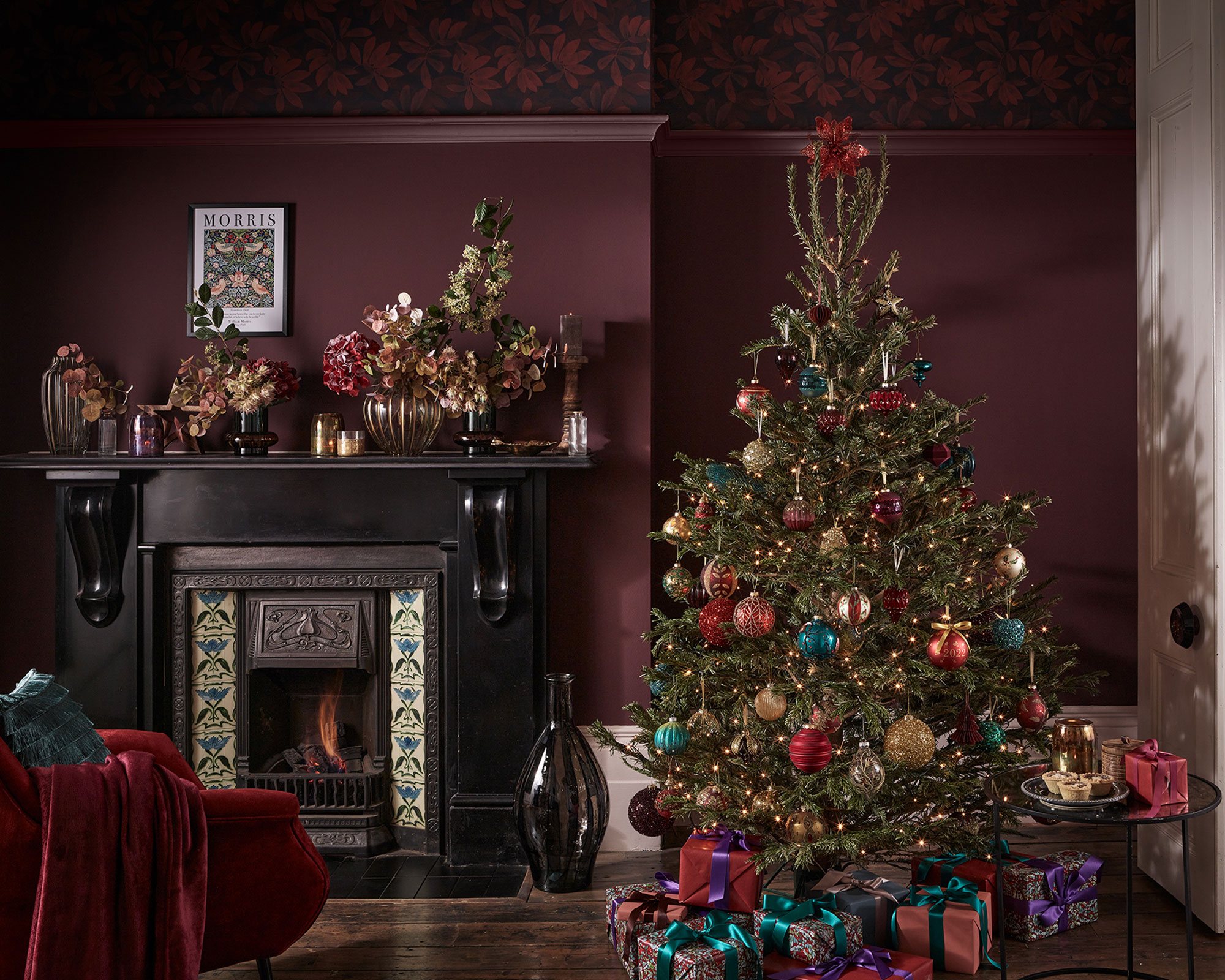
Find out how to choose a Christmas tree
Whatever size and style of tree you have in mind, follow our tips to make sure you find the perfect one for you.
You'll also want to know exactly when to buy a real Christmas tree to make sure it flourishes right through the Christmas season. We asked the experts for their top tips on how to choose a Christmas tree and here's our round-up of everything you need to know.
How do I decide what size tree to go for?
When thinking about how to choose a Christmas tree, the most important thing is to pick the right size. 'Go equipped with height, depth and width measurements of the area where you picture your tree at home,' says Dobbies’ horticultural director Marcus Eyles. 'Taking a tape measure with you and double checking the dimensions is a good idea to avoid any disappointment.'
'Before heading to the tree farm to pick up your Christmas tree, make sure you measure the height and width of the space you're planning on putting the tree in,' agrees Zack DeAngelis, founder of Tree Journey, which is based in upstate New York.
The actual tree height should be about 6-12 inches away from the ceiling after placing your topper, says Zack. 'So, make sure you measure how long your topper is as well, then add that to the overall height of the tree you find. Check that the tree isn't too wide where it will be touching the walls.'
Make sure there is plenty of room for the tree to stand tall and that the branches have enough space to hang ornaments too.
'When you're making sure you have enough room for the tree remember to also check that it will fit through any doorways or corridors leading into the room,' says interior designer Chenise Bhimull, who works for Florida-based ZFC Real Estate.
'If you get a tree that's too small, it will look sad and unfinished,' says gardening expert Lindsey Hyland, founder of Urban Organic Yield. 'Meanwhile if you get a tree that's too big, it will be difficult to fit in your home and may even block out light from windows.'
Of course, if you're buying a cut tree for your outdoor Christmas decor, you won't need to be so concerned about what size it is. Just make sure you can transport it home easily if you go for a large tree!
- Shop real Christmas trees in the US: view at Lowe's
- Shop real Christmas trees in the UK: view at B&Q
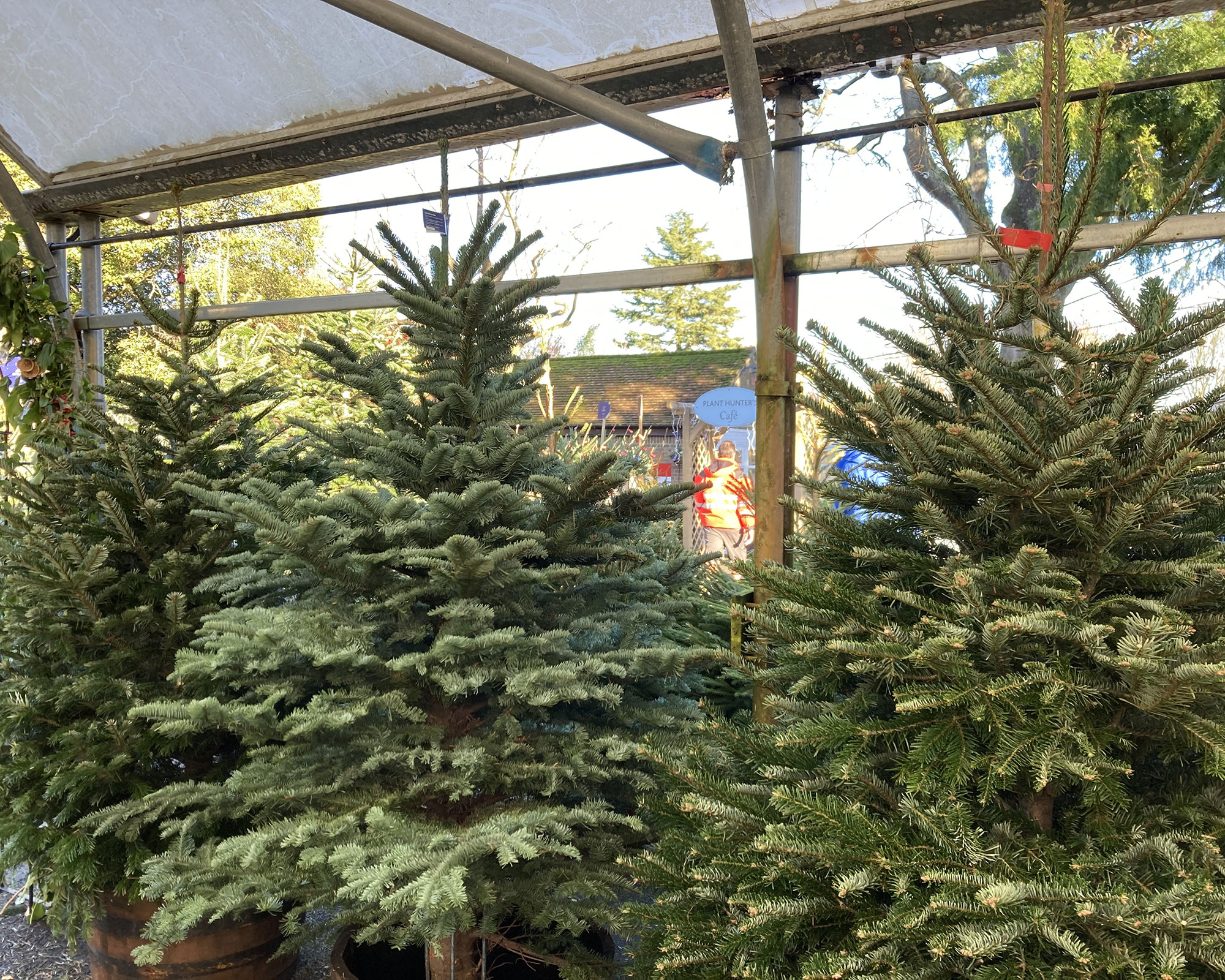
Be well prepared when you go to choose your Christmas tree with measurements to hand
How do I pick out a perfect tree?
When picking out the perfect Christmas tree, you want to make sure you get one that is full of needles and doesn't have too many sparse branches throughout. Look for a tree with evenly spaced branches from bottom to top, so that your tree looks visually fuller.
Ideally, select a tree that hasn’t already been netted so you can see its size and shape and check how healthy it is. Amateur Gardening expert Ruth Hayes suggests: 'To make sure you are buying a fresh tree that will see you through the season, lift it a few inches off the ground and gently drop it onto its trunk. A fresh tree will lose hardly any needles when it hits the ground.'
'Look over your tree from all angles to make sure there are no big gaps in branches or needles,' adds David Mitchell, horticulture buying manager at Homebase.
'It's important to get a tree that's freshly cut down (versus a precut tree that the farm may already have ready to go) as the needles on a freshly cut tree will last significantly longer,' recommends Zack DeAngelis.
Look for glossy rich green foliage too as a fresh looking tree is another indication that it will last longer. Meanwhile if you want a scented tree opt for a Fraser fir. 'It brings home with it the wonderful scent of balsam, which makes the room smell of Christmas for the entire festive period,' says Charlotte McGrattan. 'It will also have good needle retention.'
When you get your tree home, stand the trunk in water for as long as possible to hydrate it and really make that foliage shine. It's a good idea to position it in a stand with a water reservoir or if it's in a pot keep watering it regularly. Something like this large Christmas tree stand for real trees from Amazon would be perfect for cut trees.
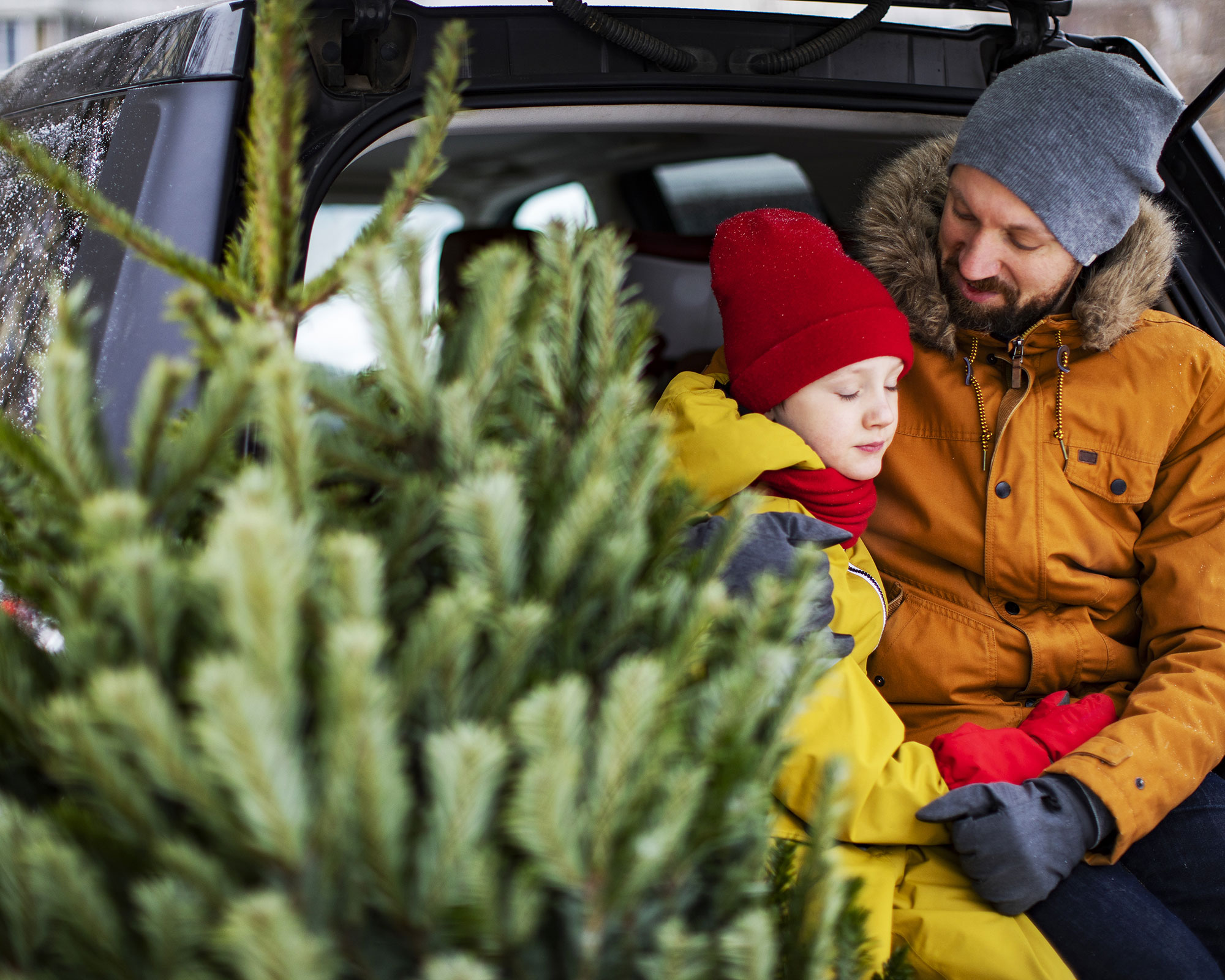
Look for glossy green foliage as it's the sign of a healthy tree
How do I decide on the best variety of Christmas tree?
When deciding what Christmas tree is perfect for you, consider the variety of Christmas tree you're choosing. 'Douglas fir and Fraser fir are two of the most traditional Christmas trees in the US and have softer needles, but can struggle with heavier ornaments,' says Zack DeAngelis. 'Spruce trees are another popular variety with very hard needles, which can be quite hard (literally) to work around but the branches can bear heavy ornaments quite well.'
David Mitchell agrees. 'The blue spruce is a real trend-setter in Europe at the moment and there is a growing interest in this variety. Mixing a good width with a beautiful blue and silver tint caused by the resin it produces to protect its needles makes it a stunning addition to any home.'
A potted Christmas tree will last you the longest ultimately, as you’ll be able to keep it in your garden, to bring in and enjoy in December. But assuming you want a regular-sized tree the Norman Fir is always popular, particularly in the UK.
'A cut Nordmann Fir should last up to six weeks if looked after properly,' says Jo Lambell, founder of Beards & Daisies. 'This includes keeping your tree away from any warm radiators and remembering to water it every now and again.' This type of tree has gorgeously deep green, glossy needles, and bushy branches, but it’s also incredibly low drop.
Following our tips on how to keep a Christmas tree alive will ensure you get the most out of your chosen tree too.
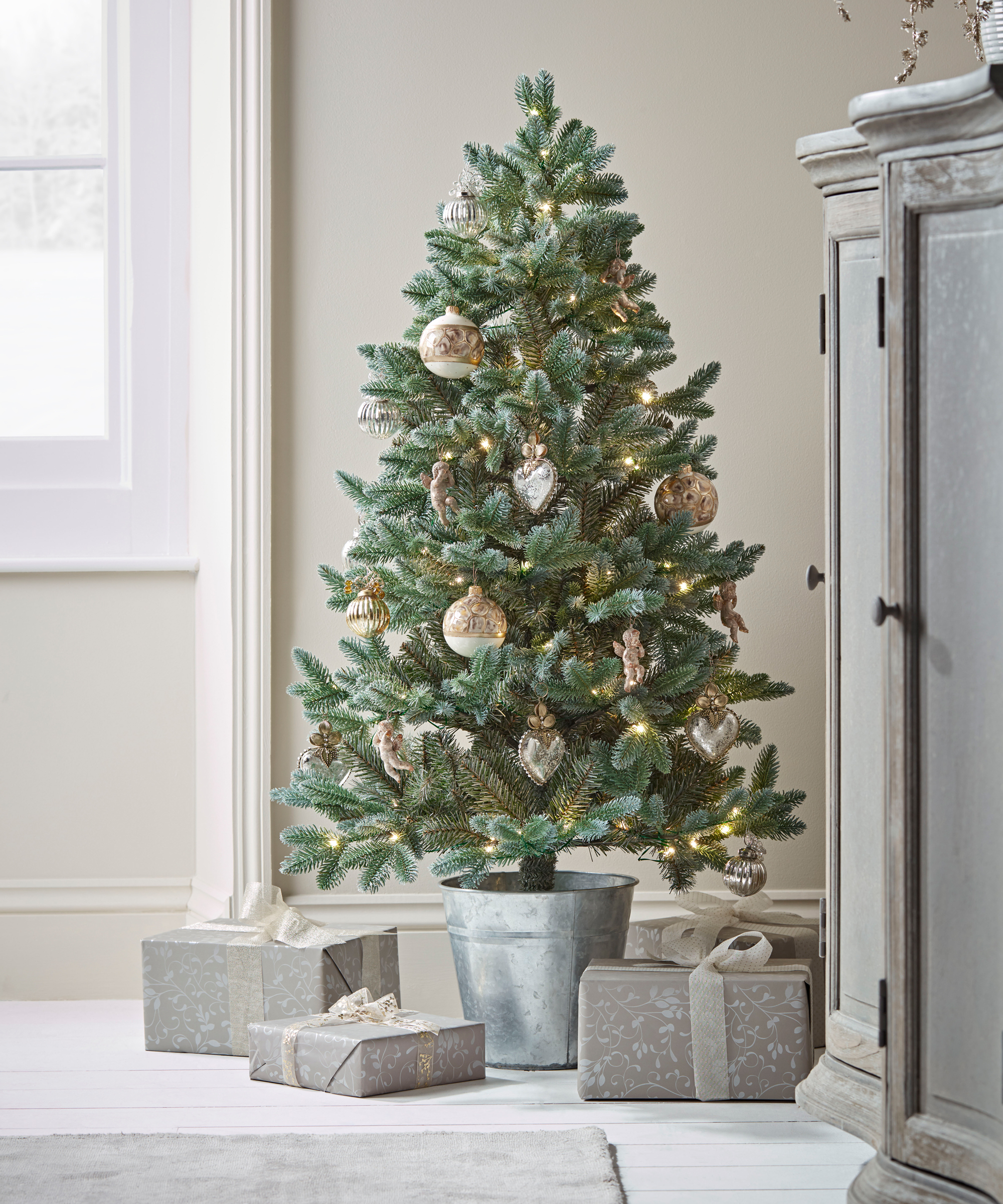
Aim for a perfectly proportioned tree
What is the perfect Christmas tree for a small space?
If your space is particularly small, consider getting a slim or mini Christmas tree.
'Demand has been increasing for a narrower Christmas tree that's suitable for more modern homes with limited space,' says Charlotte McGrattan of Hillier Nurseries. 'Nordmann Fir ‘Slimline’ is becoming one of the most popular Christmas trees.
'It differs from the traditional Nordmann as it is hand pruned by specialists using secateurs to create a narrower tree. This results in a six- or seven-foot tree that occupies a smaller footprint in your home compared to a traditionally shaped tree.'
Alternatively, if space really is tight you could always find out how to make a twig Christmas tree instead, or consider some on-trend DIY Christmas tree ideas if you love getting creative.
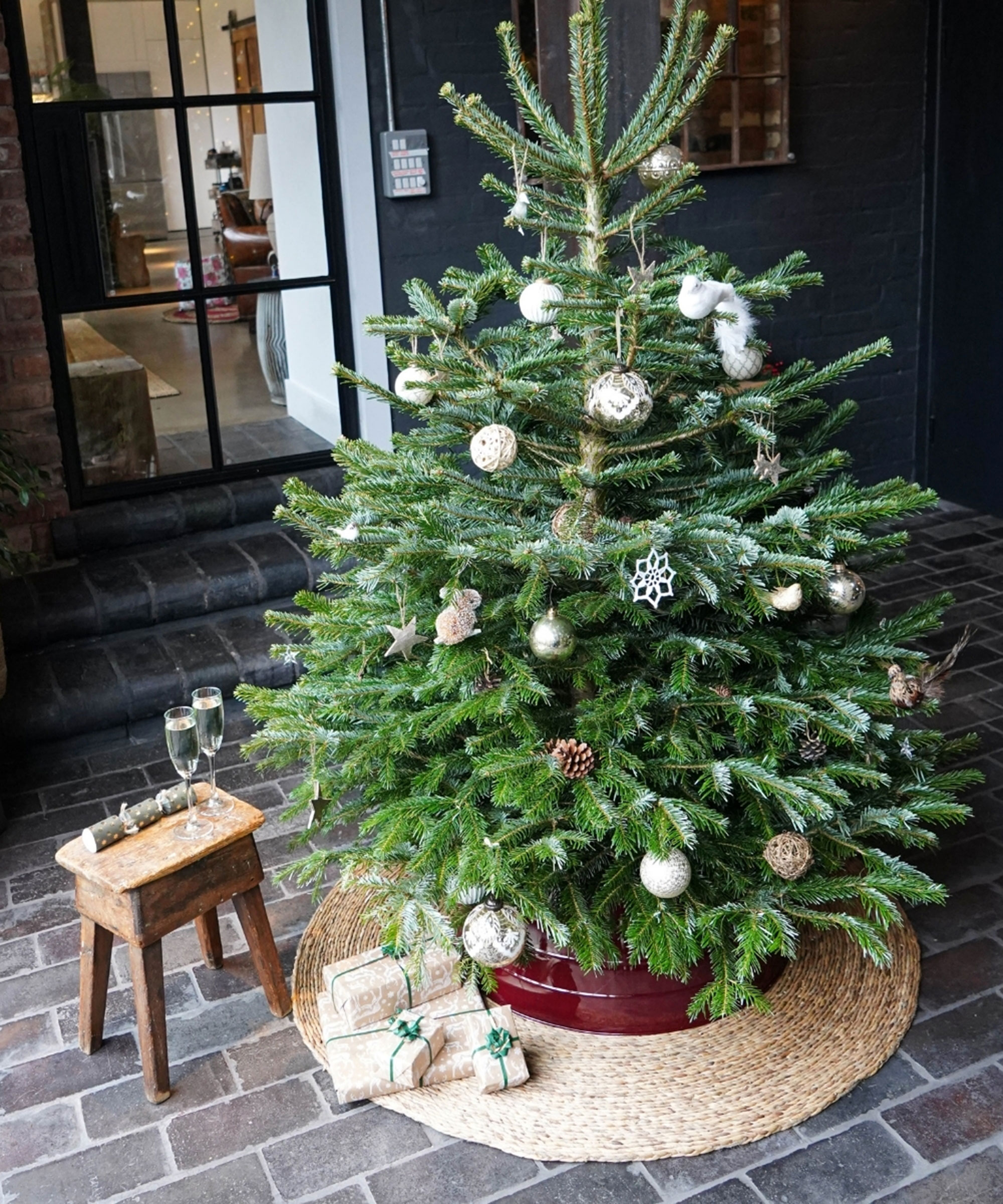
Small but perfectly formed, this compact tree is the way to go if space is at a premium

Lifestyle journalist Sarah Wilson has been writing about gardens since 2015. She's written for Gardeningetc.com, Livingetc, Homes & Gardens, Easy Gardens and Modern Gardens magazines. Having studied introductory garden and landscape design, she is currently putting the skills learned to good use in her own space where the dream is establishing a cutting garden.
